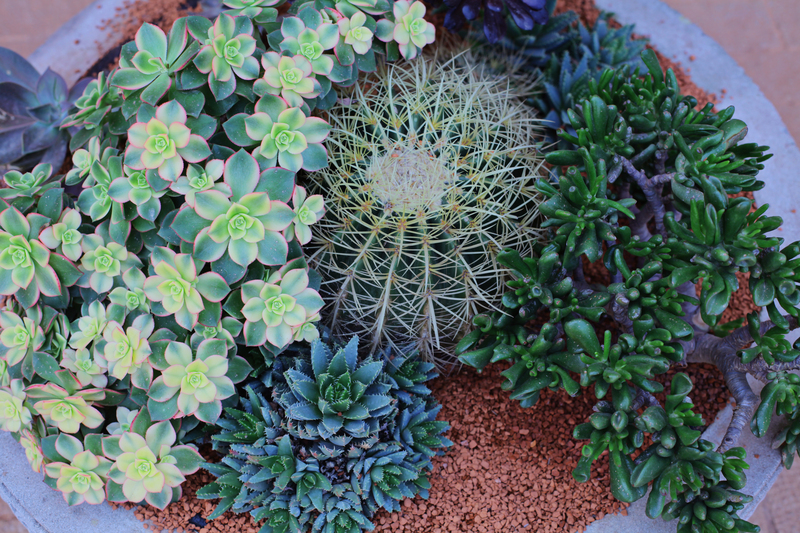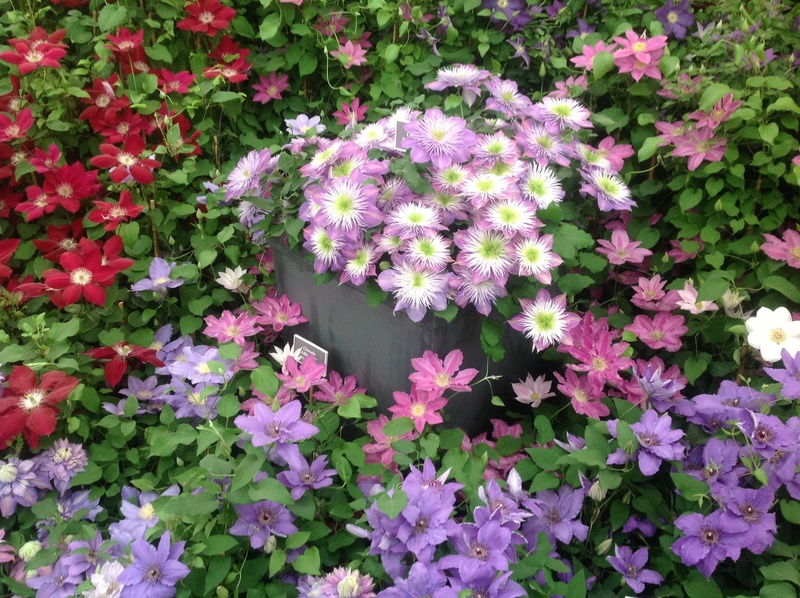No Experience Needed: Top-Loved Secrets for New Lawn Enthusiasts
Do you dream of having a lush, healthy, and vibrant lawn but feel overwhelmed as a beginner? You're not alone! Many first-time lawn owners worry about getting started, but the truth is: No Experience Needed! Gardening experts and weekend warriors alike agree--starting your own beautiful lawn is easier than it seems. With the right guidance, even a total beginner can transform patchy earth into an emerald oasis. Here are the top-loved secrets for new lawn enthusiasts to help you succeed without any stress or prior experience.
Why Anyone Can Have a Beautiful Lawn
It's a common misconception that lawn care requires years of practice or a "green thumb." The reality is most secrets to gorgeous grass are simple, science-backed steps anyone can learn. In fact, popular online lawn communities and landscape gurus agree:
- Consistent habits matter more than experience
- Anyone can learn the basics of soil, seed, and water
- Patience outperforms expensive gear or fancy fertilizers
Let's unlock these lawn success secrets tailored just for new lawn enthusiasts like you!

1. Understanding Your Lawn's Foundation: Soil Secrets for Beginners
Soil: The True Key to Lawn Success
Your lawn's health starts underground. Many beginners focus on seed or sod--yet soil is where grassroots settle and nutrients flow.
- Start Simple: Check your soil's texture. Is it sandy, clay-heavy, or a mix?
- Test Your Soil pH - Most grass thrives at a pH between 6.0 and 7.0. Testing kits are cheap and widely available online and at garden centers.
- Amend as Needed: If your plot is heavy clay, add compost or sand to loosen it. Sandy soils benefit from organic matter to boost water retention.
Pro Tip: Healthy soil means less work in the future and fewer problems with weeds or lawn disease.
2. Picking the Right Grass: A Crucial Step for New Lawn Owners
Match Your Grass to Your Climate
Not all grass types are created equal. Select the variety that thrives in your area:
- Cool-season grasses like Kentucky bluegrass and fescues excel in cooler, northern regions
- Warm-season grasses like Bermuda and zoysia thrive in hot, southern climates
- Blend special shade-tolerant grass for spots with little sun
Local nurseries or extension offices are fantastic sources of information. Picking the right seed is a game-changer, especially for first-timers.
3. Preparing Your Lawn Area: Top-Loved Preparation Hacks
Begin with a Clean Slate
- Remove debris: Rocks, sticks, roots, and old grass must go. Use a rake or shovel to smooth things out.
- Level uneven ground for a smooth, professional look.
- Break up compacted soil for better root penetration using a garden fork or core aerator (tools can often be rented or borrowed for free).
Pro Tip: Sprinkle compost or a starter fertilizer before seeding or sodding for a nutrient boost that helps grass establish quickly.
4. Seeding or Sodding: Easy Choices for Beginners
Seed for Patience, Sod for Instant Gratification
- Seeding is wallet-friendly and gives deep-rooted grass over time. Broadcast evenly, then lightly rake to cover.
- Sod offers an "instant lawn," but costs more. Lay sod strips close together, staggered like brickwork. Press seams tightly.
Pro Tip: Don't seed or sod on windy or extremely hot days. Ideal weather is mild, overcast, and moist.
5. Watering Wisdom: Simple, Science-Backed Tips
Smart Watering is the Easiest Lawn Secret
- Water deeply and infrequently - Soak the soil to encourage deep roots (1" per week is a proven standard for most lawns).
- Early morning is best. Watering before 10am minimizes evaporation and disease.
- Sprinkler systems are great, but even a hose or watering can is fine. Consistency beats gadgets!
Pro Tip: Stick a screwdriver into the ground. If it slides in easily, the soil is moist enough.
6. Beginner-Friendly Mowing Techniques
Mowing Less Often is Often Better
- Never cut more than 1/3 of the grass blade at once. Cutting too low stresses new grass and invites weeds.
- Keep mower blades sharp for a clean cut that prevents disease.
- Alternate mowing directions each session to encourage upward, even growth.
Pro Tip: Leave clippings on the lawn ("grass-cycling"). They decompose into free fertilizer!
7. Nourish Your Grass the Easy Way
Feed Your Lawn for Vibrant Results
- Fertilize twice a year - once in spring and once in fall is sufficient for most grass types.
- Choose slow-release or organic fertilizers for beginner-proof nutrition and lower risk of burning your lawn.
- Compost and natural amendments can be just as effective as commercial products, and are often free!
Pro Tip: Mulched leaves in autumn double as a soil enhancer and natural fertilizer.
8. Weed and Pest Control: Keep it Simple
Prevent Problems Before They Start
- Thick, healthy lawns crowd out weeds. Focus on proper mowing, watering, and feeding as your best defense.
- Hand-pull weeds in small areas. For larger infestations, try corn gluten meal--a natural pre-emergent solution.
- Monitor for pests like grubs. Most problems can be managed with simple, non-toxic treatments available at garden centers.
Pro Tip: Attract birds and beneficial insects to your yard for natural pest control!
9. Essential Tools Every New Lawn Enthusiast Needs
Keep it Minimal and Budget-Friendly
- Quality garden rake
- Sturdy hose or watering can
- Basic mower (manual or electric is fine!)
- Hand trowel and gloves for planting and spot treatments
- Soil test kit (inexpensive but invaluable)
Pro Tip: Skip the specialty gadgets and costly chemicals - healthy habits and basic tools win every time!
10. Top Lawn Care Mistakes New Enthusiasts Should Avoid
- Overwatering or watering too shallowly
- Mowing too short ("scalping")
- Using the wrong type of fertilizer or over-fertilizing
- Ignoring soil health
- Jumping to chemical weed killers before trying manual methods
Remember: Patience, not perfection, grows the best lawns.
Seasonal Lawn Care Guide: What to Do and When
- Spring: Fertilize, dethatch, seed bare spots, and begin mowing
- Summer: Water deeply, mow as needed, monitor for weeds and pests
- Autumn: Aerate, overseed if necessary, apply fall fertilizer, mulch leaves
- Winter: Rest your lawn (avoid heavy foot traffic)
Pro Tip: Mark your calendar with these seasonal lawn care reminders for best results year after year!

Frequently Asked Questions (FAQ) for New Lawn Enthusiasts
Q: Can I really grow a lush lawn with no experience?
A: Absolutely! By following these beginner secrets and sticking to basics, even first-timers can achieve a thriving, green lawn.
Q: What's the easiest grass to grow for beginners?
A: Fescues and perennial ryegrass are the most forgiving for cool climates, while Bermuda and zoysia are excellent for southern lawns. Consult a local nursery for expert advice tailored to your region.
Q: How can I fix bare patches in my grass?
A: Rake the bare spot, sprinkle fresh seed, cover lightly with soil or compost, then keep moist until new growth appears.
Q: When should I water my new lawn?
A: Early morning is best; always water deeply so the soil is moist several inches down!
Summary: You Can Grow a Lush Lawn--Starting Now!
No matter your starting skill level, the secrets to a vibrant, healthy yard really are within your reach. With a little curiosity, regular attention, and the top-loved techniques above, anyone can become a proud new lawn enthusiast. Don't let inexperience hold you back. Stick to the basics--healthy soil, right grass, smart watering, regular mowing--and watch your dream lawn appear, season by season.
Get started today--your lush, inviting, and envy-worthy green space is just a few simple steps away!